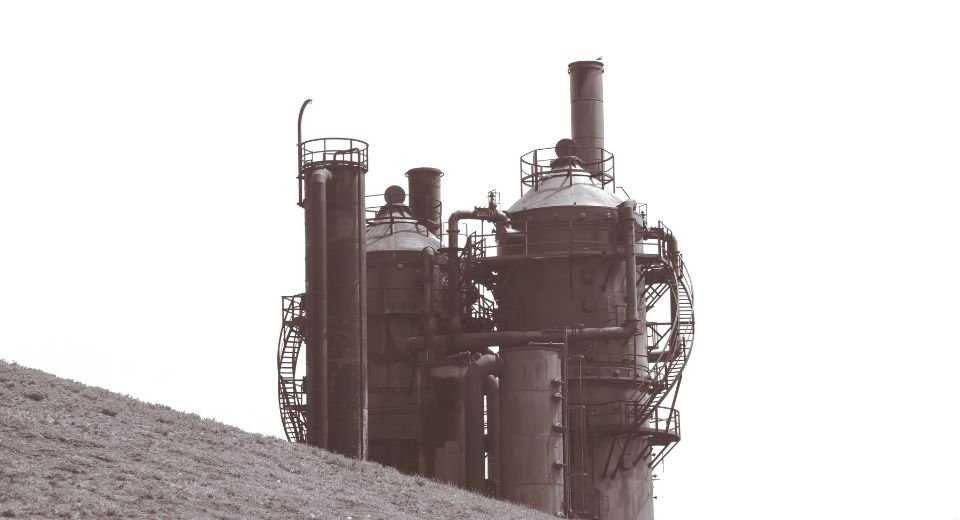HQ Team
August 14, 2023: The artificial cooling of climate through geo-engineering will not work without decarbonization and involves high risks, Swiss researchers revealed.
Researchers at the University of Bern studied the question of whether the melting of ice in West Antarctica could be prevented by artificially influencing solar radiation.
They investigated whether aerosols – suspended particles in a gas – introduced into the stratosphere succeeded in blocking solar radiation from the earth – a dimming of the sun.
The researchers were also skeptical of the unforeseeable side effects of geoengineering.
A whole fleet of incredibly high-flying airplanes would have to spread millions of tons of aerosols in the stratosphere.
Adverse effects on warming
This technical intervention in the climate would have to be maintained without interruption and for centuries.
If the intervention were stopped as long as the greenhouse concentration in the atmosphere remained high, the temperature on Earth would quickly rise by several degrees.
Technical methods, that artificially influence the climate, have been discussed under the term geoengineering.
A majority of climate researchers have been critical of them due to high risks, and incalculable consequences for future generations.
Avoidance of tipping points
An important factor for the increased interest in geoengineering is the avoidance of tipping points at which the climate could change abruptly and irreversibly.
These include the melting of the West Antarctic and Greenland ice sheets and the associated meter-high sea level rise.
“Observations of ice flows in West Antarctica indicate that we are very close to a so-called tipping point or have already passed it,” said Johannes Sutter, lead researcher at the Climate and Environmental Physics Division at the Institute of Physics and the Oeschger Center for Climate.
“With our study, we, therefore, wanted to find out whether a collapse of the ice sheet could theoretically be prevented with solar radiation management.”
Solar Radiation Management (SRM) is a term used to describe various methods of blocking solar radiation in order to make the Earth cooler.
Window closing fast
“The window of opportunity to limit the global temperature increase to below 2 degrees is closing fast,” said Mr Sutter, who is an ice modeling specialist.
“So it is possible that technical measures to influence the climate will be seriously considered in the future.” That is why it was necessary to use theoretical models to study the effects and risks of solar radiation.
The Bern study is the first to use ice model simulations to show what effect such a measure would have on the Antarctic ice sheet.
The study examines the possible development of the ice sheet under different future greenhouse gas scenarios and yields differentiated results.
If emissions continue unabated and the Solar Radiation Management occurs in the middle of this century, the collapse of the West Antarctic Ice Sheet could be delayed somewhat, but not prevented.
If the “dimming of the sun” happens the consequences of such a termination shock are only one of the possible dangers posed by radiation management.
Ocean acidification
The potential side effects are still insufficiently researched and range from a shift in the monsoon regime to changes in ocean and atmospheric circulation. Ocean acidification would also continue.
The use of techniques such as solar dimming could lead to climate protection measures being slowed down or even prevented.
“Geoengineering would be another global experiment and a potentially dangerous human intervention in the climate system,” said Thomas Stocker, professor of climate and environmental physics at the University of Bern and co-author of the study.
Medium emissions scenario
This “should, in any case, be prevented according to Article 2 of the UN Framework Convention on Climate Change,” he said.
In a medium emissions scenario, if the SRM is deployed by mid-century it could prove to be an “effective tool” to slow or even prevent ice sheet collapse.
“Our simulations show that the most effective way to prevent the long-term collapse of the West Antarctic Ice Sheet is rapid decarbonization.”
The chances of a longer-term stable ice sheet are greatest if greenhouse gas emissions were reduced to net zero “without delay.”








